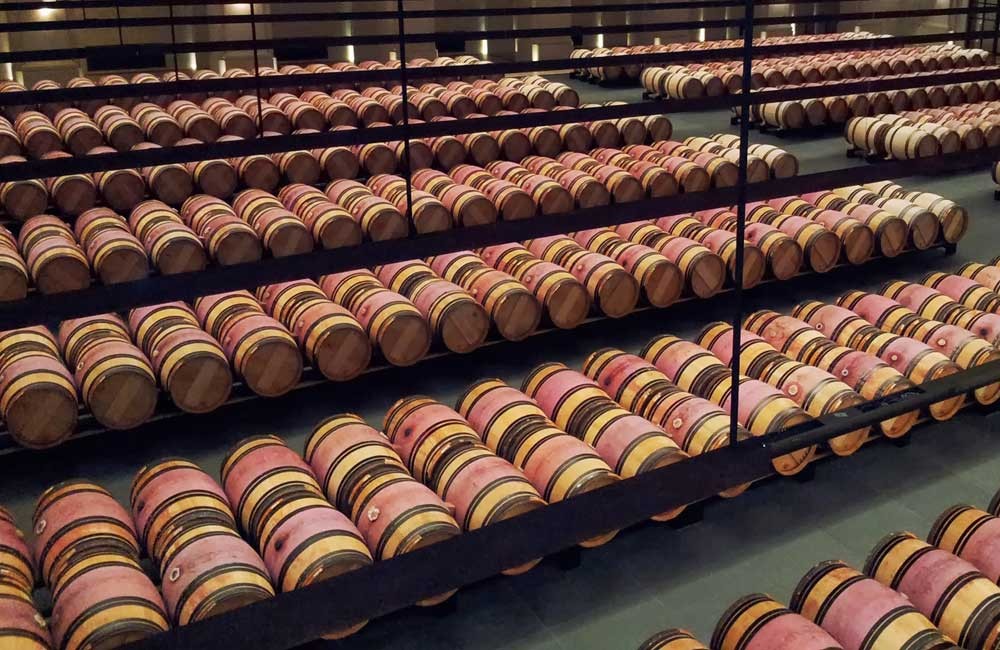Wine Investment_1
Post on: 24 Май, 2015 No Comment

When one talks about liquid assets, wine probably isnt the first thing that comes to mind. As people try to recover from todays fledgling economy, however, it doesnt hurt to begin thinking of creative, unconventional ways to diversify ones portfolio. Investing in fine wines just may be one of the ways you can do this for yourself.
Many people think investing is limited to so-called traditional investment avenues like stocks, bonds, commodities and real estate. For some, even investing in precious metals may seem too exotic. Although investing in fine wines may seem like a strange, far-fetched undertaking at first, there are many financially sound reasons to do so.
Since 1950, fine wines have achieved nearly 15 percent gross returns. They have achieved over 17 percent since 1960. First-rate wines have even withstood two US recessions and have even managed to defeat the Russell 3000 Index of top US shares over the past 13 years. Even during crisis it still attracts attention due to it being a tangible asset like gold. These are but a few of the benefits fine wine investing has to offer. With the best fine wines achieving double digit returns in a tax-friendly manner, its hard to ignore this growing worldwide trend.
While fine wine investment started catching on as early as 1996, it really didnt gain momentum until around 2003. Although fine wine investing is growing as a global trend, recent years have show substantial growth in the sector due to massive growing Asian market. Chinas recent demand for the top 20 Bordeaux brands in particular has been a major contributor to this unprecedented growth.
In 1999, the London International Vintners Exchange, or Liv-ex for short, was created as an exchange for investment-grade wine. It not only provides a marketplace where merchants may trade wine, it also publishes the Liv-ex 100 and Liv-ex 500 fine wine indices. Established in 2001, these indices are used to gauge general price developments for the markets top fine wines as they represent the price movement of the most sought-after fine wines having a secondary market. The indices are computed monthly using the Pound sterling prices of London-based wines in bond.
Most of the Live-ex indices are made up of Bordeaux wines with a few others from Burgundy, Champagne, Italy, and the Rhone. Wines only qualify for the index if they:
1. Attract critical acclaim from a leading fine wine critic (95+ score)
2. Attract a regular market on Liv-ex
3. Are physically available in the UK market
A wines value is calculated using Liv-ex Mid prices and then weighted to account for original production levels and increasing scarcity as the wine ages (and gets consumed).
It is critical for fine wine investors to develop a basic understanding of the Liv-ex indices. Both indices, for example, are completely dominated by red Bordeaux wines, thus reflecting the market reality that Bordeaux wines should make up the majority stock of any successful wine investors portfolio. That being said, it is also worth the time to become familiar with the Claret Chip Index, Live-exs index comprised solely of top-rated Bordeaux First Growths.














